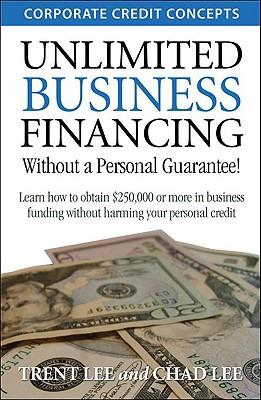Question
A portfolio, H of two assets, i and j, is constructed with a 35% weight in asset i and the rest in asset j. Here
A portfolio, H of two assets, i and j, is constructed with a 35% weight in asset i and the rest in asset j.
Here is the relevant information on i,j, and their relationship;
E(Ri) = 13%; E(Rj) = 8%; i = 10.61%; j = 6.52% ;i,j = -16.60 (or 0.001660 if using decimals instead of percentages), i,j = -0.24.
Please answer the following questions (1 point each) in the order given, clearly marking the parts, a, b, and so on. Answers alone without detailed calculations, even if correct, will earn no credit. Clearly show all your calculations and do not start any solution with the equal sign or, worse yet, by just numbers. Tell me what you are calculating before you calculate. Points will be lost if you start by writing 0.35*6 and so on. All answers final should be in two decimal places (if you use decimals for the variance or covariance those should be in 6 decimal places as I explained in my lectures), and their units should be shown clearly: Example: $12.34. E(RC) = 12.89%, etc
- Calculate the expected rate of return on portfolio H.
- Calculate the variance and standard deviation of portfolio H.
- Calculate the benefit of diversification generated by mixing assets i and j in the given proportions to form portfolio, H.
- Verify that the values given for the standard deviations, the covariance, and the correlation coefficient are consistent with each another. Show how.
- Would an investor have been better off constructing a portfolio, K in which asset is weight is 60% instead of 35%? Do all the necessary calculations and explain why, or why not in your own words.
Step by Step Solution
There are 3 Steps involved in it
Step: 1

Get Instant Access to Expert-Tailored Solutions
See step-by-step solutions with expert insights and AI powered tools for academic success
Step: 2

Step: 3

Ace Your Homework with AI
Get the answers you need in no time with our AI-driven, step-by-step assistance
Get Started


